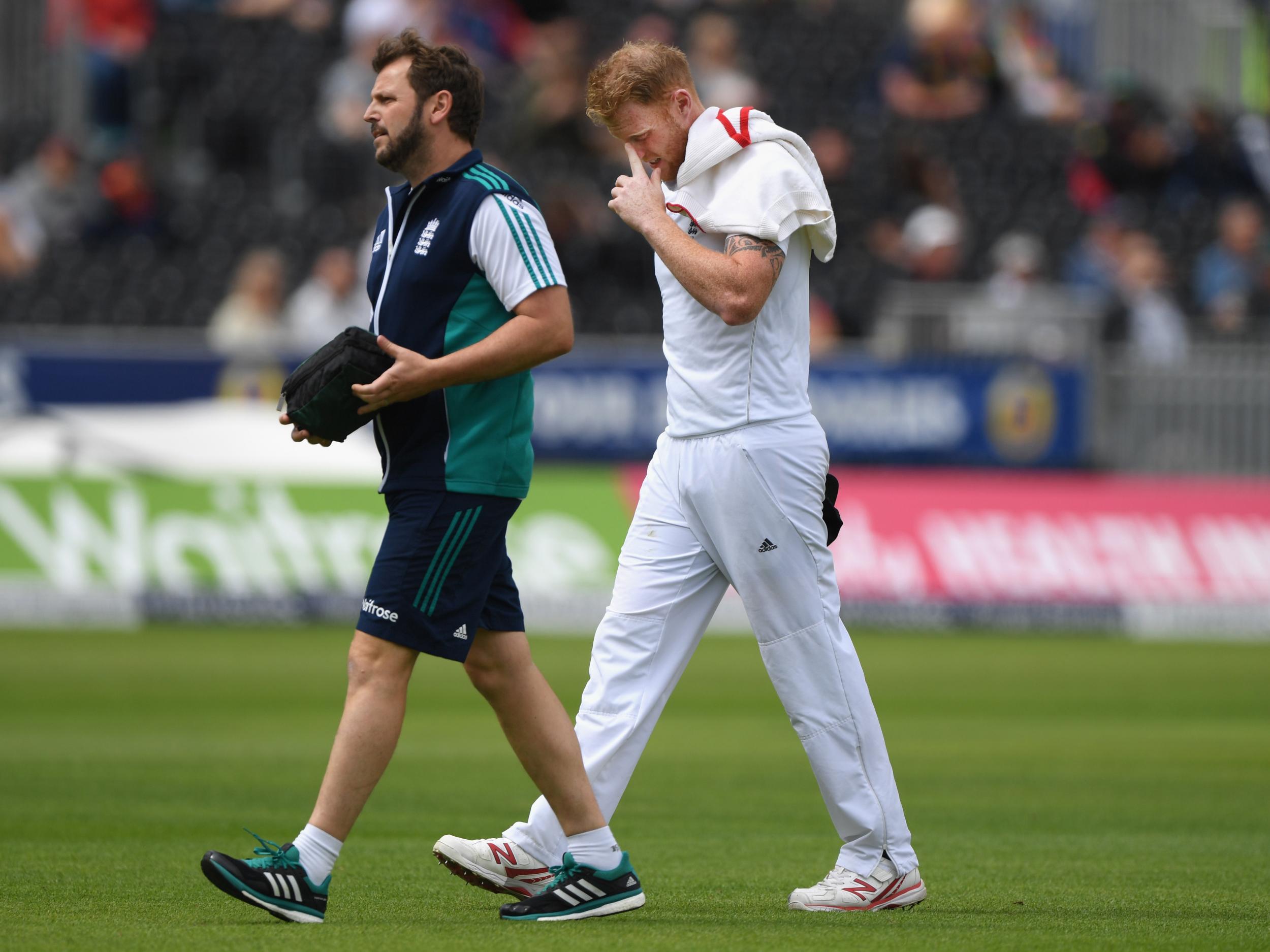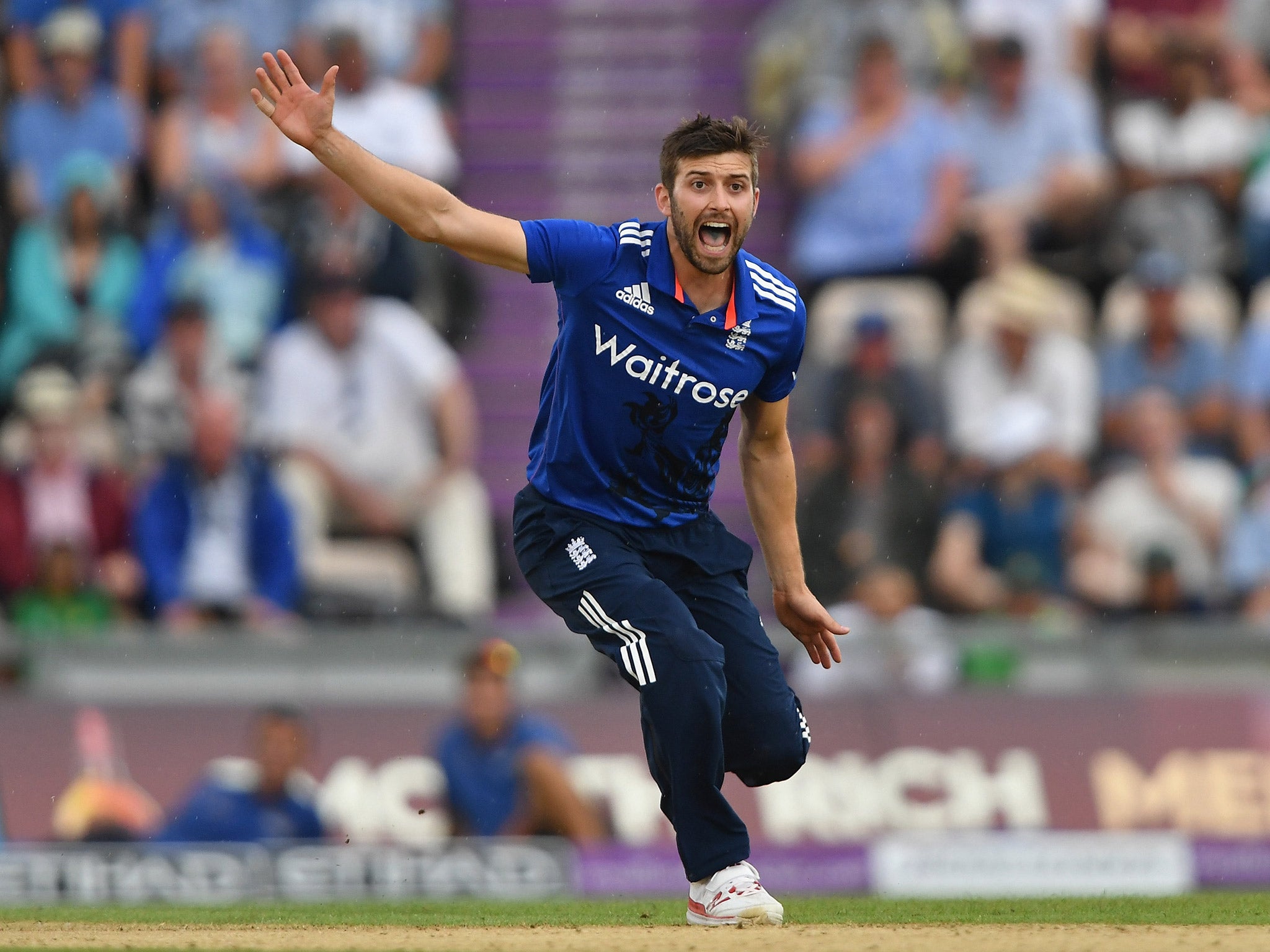How the ECB are working to reduce cricketing injuries and why other sports are taking notice
The ECB profiled a number of cricketers with and without lower back pain

Your support helps us to tell the story
From reproductive rights to climate change to Big Tech, The Independent is on the ground when the story is developing. Whether it's investigating the financials of Elon Musk's pro-Trump PAC or producing our latest documentary, 'The A Word', which shines a light on the American women fighting for reproductive rights, we know how important it is to parse out the facts from the messaging.
At such a critical moment in US history, we need reporters on the ground. Your donation allows us to keep sending journalists to speak to both sides of the story.
The Independent is trusted by Americans across the entire political spectrum. And unlike many other quality news outlets, we choose not to lock Americans out of our reporting and analysis with paywalls. We believe quality journalism should be available to everyone, paid for by those who can afford it.
Your support makes all the difference.With every year, the limits of what professional sports teams do in search of competitive advantage are extended. Football teams now use cognitive training tests to gauge young players’ potential.
At England’s National Cricket Performance Centre at Loughborough University, the ECB’s scientists strive to give the team a competitive advantage. They regard injury prevention are one of the next frontiers in professional sport - and, potentially, a crucial part of how England can lift their first World Cup trophy in 2019. Given the increasingly arduous schedule, never has preventing players from being injured been more imperative.
This summer 91 county cricketers, from eight sides, are taking part in a pioneering study to reduce back injuries. The aim is simple: to track players both before and after they are injured, and get a better idea of what causes back injury. “Before you'd only be able to make guesses as to what the causes are,” explains Raph Brandon, the ECB’s Head of Science, Medicine and Innovation.
Finally, that is changing. Over the winter, the group - 45 fast bowlers, 18 spinners, 20 batsmen and eight wicketkeepers, including both previous sufferers of lower back pain and those who have been pain free - have been profiled by the ECB’s medical team on factors related to lower back pain. With the aid of wearable sensors, players’ posture, joint mobility, muscle flexibility, muscle endurance, aerobic fitness, hamstring length, ankle mobility and shoulder mobility have all been measured. Even their sleeping patterns.
Now the ECB and their counties will monitor the players during the season, tracking their workload, any discomfort they pick up in their lower back and how they respond to treatment. The ECB has focused on lower back pain - “probably the biggest cause of pain and injury in cricketers,” says Steve McCaig, a senior physiotherapist for the ECB overseeing the study - for many years. It has investigated bowling workloads and tried to tweak, or even remodel, bowling actions to make quicks less susceptible. But perhaps only by focusing on those who avoid injury, as well as those who get injured, will there be a great leap forward in keeping cricketers free of back pain. It is not only fast bowlers who should benefit; while it is rarer that back pain cause others to miss matches, it can still undermine performance.
“At the end of the season we’ll compare those who develop persistent and recurrent low back pain to those who don’t,” McCaig explains. “From our statistical analysis we'll be able to identify how those people who developed lower back pain were different.”
Even assessing 91 players, randomness is still a factor that can impact results; true knowledge of how to reduce the prevalence of lower back pain in bowlers might take several years. But by the end of the summer, the ECB hope they are more knowledgable about how to reduce back pain.
“What would be a good outcome is if we were to find two or three key factors that seem to relate to lower back pain. It would really help us be very targeted in our injury prevention approach,” McCaig explains.
So if, say, those who develop lower back pain use their lower back more and their hips less when bending forward, it will enable the ECB to train junior coaches to recognise and remedy the fault. Or if hamstring tightness makes back pain more likely, more emphasis could be placed on hamstring mobility in cricketers. “The first part is to identify the risk factors, the second is to devise a strategy and see if it’s effective,” McCaig says.
In its research, the ECB is not only leading the way within cricket, but also learning from other sport. “They've done a lot of work in baseball on why pitchers get pain throwing,” McCaig says. “We looked at this and said 'does this apply to cricket?' I've taken those principles.” Studies of how to prevent hamstring injuries in football have also informed the ECB’s thinking.

While the results of this year’s work into reducing lower back pain remains unknown, other work into injury prevention is further advanced. Following ECB research, Chris Taylor, the ECB lead fielding coach, developed a new way of assessing throwing technique to identify how players could improve their speed and accuracy and reduce injury risk, which has been implemented by national and county coaches. Batsmen now know what they need to train for - a typical one-day international hundred, such as those scored by Joe Root and Eoin Morgan in the West Indies, involves covering 10 miles, and completing over 100 sprints, in two hours.
Research is also being undertaken into concussion injuries, the relationship between injuries and fast bowling workloads and how a young fast bowler’s spine adapts - the spine is notorious for producing career-debilitating injuries. In partnership with Catapult Sports, the ECB has developed micro-sensors, which most national players wear on the top of their backs under their shirts, in matches and training. An algorithm detects when a bowler bowls a delivery, tracking the player’s run-up speed and delivery stride, enabling the ECB to monitor the intensity of their training - particularly useful when a player is returning from injury. Results from the micro-sensors informed the decision to declare Mark Wood fit enough to play in the recent North-South series in the UAE.
More than anything, the aim is to reduce the salience of fallible gut instinct in managing injuries and when players return, and replace human judgement with science. “That's the beauty of this study. You just let it play out, and see what the data tells you,” says Brandon. “This is all for optimising our support to players and ensuring we are best informed to be best prepared.” In the case of lower back pain and other research, a good result is helping an affected player to play a few more days of cricket a year free from injury.
That might not sound like much. But if it is the difference between Wood making the Champions Trophy final or not this summer, and he can help England to their first ever victory in a 50-over world event, all Loughborough’s investment in sports science will seem vindicated.
Join our commenting forum
Join thought-provoking conversations, follow other Independent readers and see their replies
Comments